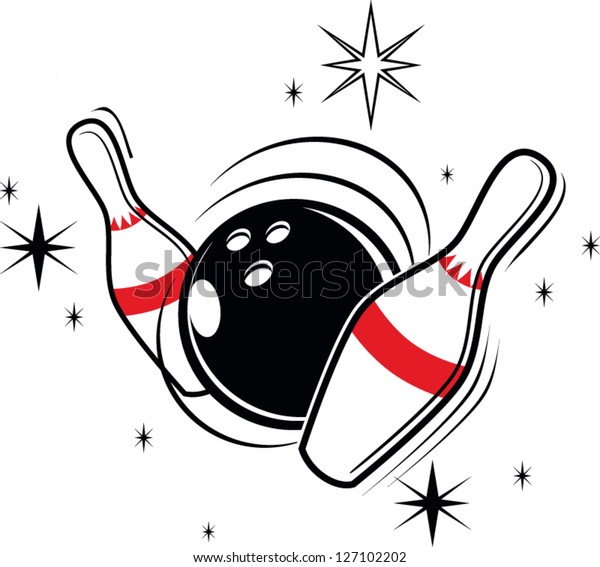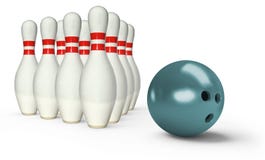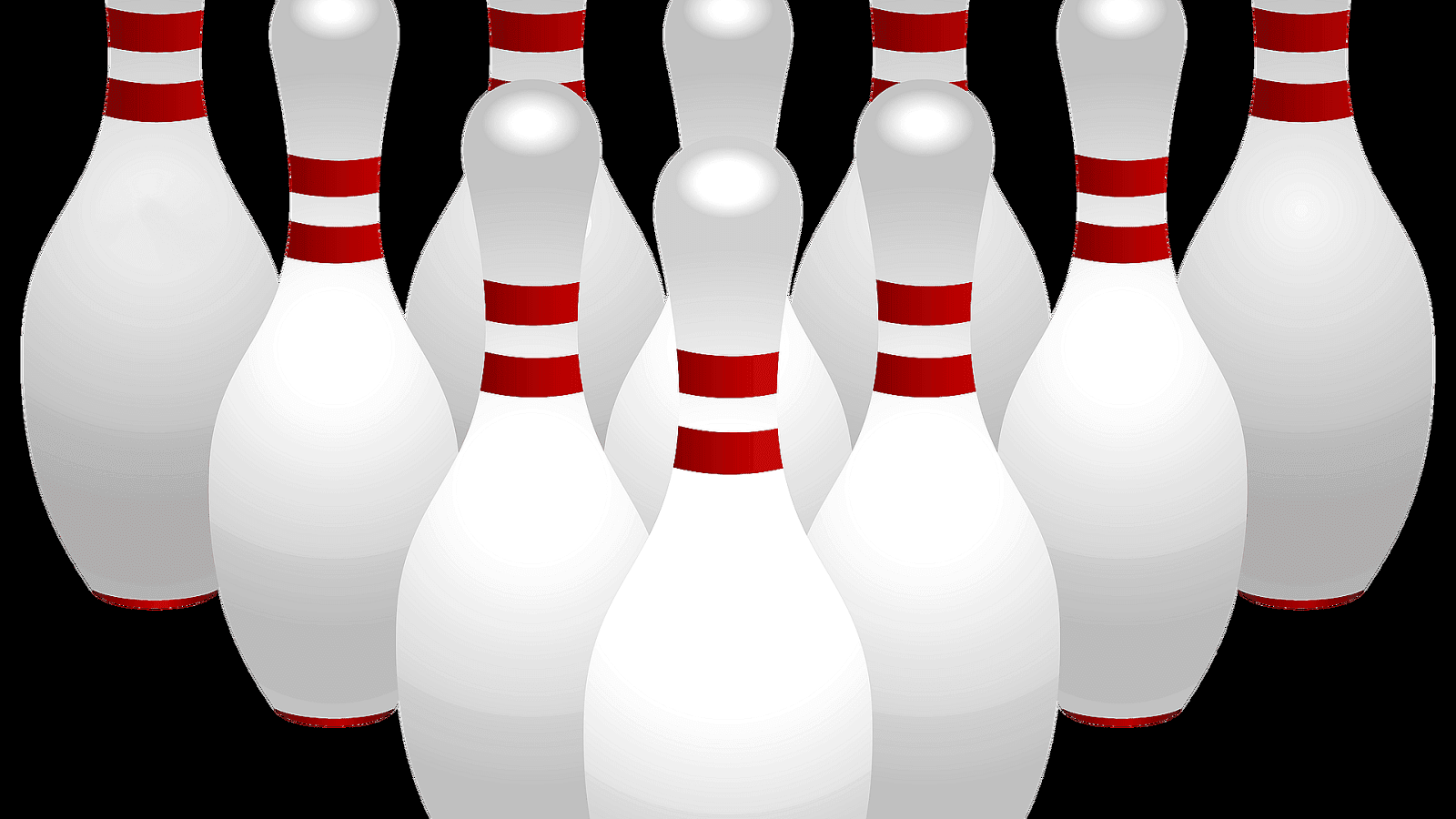

This will be explained in more detail later on, as the physics of bowling is discussed in greater depth.īowling balls with symmetric and asymmetric weight blocks result in similar performance, but bowling balls with an asymmetric weight block allow for a bit more "tweaking" to get the ball to react a certain way when in motion. The pins give important information on where to drill the finger and thumb holes of the bowling ball so that the bowler can control the spin and curve of the ball, in order to make the best possible shot. A symmetric weight block only needs a single pin to define its orientation inside the bowling ball, but an asymmetric weight block needs two pins to define its orientation (due to its non-symmetry). The pins allow one to determine the orientation of the weight block inside the bowling ball. This is simply a different naming convention in bowling terminology. The "PSA indicator pin" is also called the "mass bias" location. These two pins are located 90° from each other. And due to its non-symmetry, a "PSA indicator pin" is placed on the side of the weight block, at the point (or area) closest to the outside surface of the bowling ball. However, an asymmetric weight block is not symmetric with respect to angle θ. Just like the symmetric weight block, the "pin" represents the top position of the asymmetric weight block. The figure below shows the cross-section view for an asymmetric weight block. In other words, a symmetric weight block is axi-symmetric with respect to angle θ. For any angle θ the resulting cross-section view of the symmetric weight block would be the same. Let the plane x-z represent the imaginary cutting plane. Note that point G represents the center of mass of the bowling ball. To illustrate, consider the figures below with a coordinate system xyz as shown. This topmost position is closest to the outside surface of the bowling ball.Ī symmetric weight block is called "symmetric" because it is axi-symmetric, meaning it has an axis of symmetry along its centerline. The "pin" represents the topmost position of the weight block, as shown. The weight block is molded into the bowling ball. The figure below shows the cross-section view for a symmetric weight block.
#Bowling with small ball and straight pins full#
To illustrate them, imagine cutting a bowling ball in half with an imaginary cutting plane (as shown below) so as to expose the full cross-section of the weight block inside the bowling ball. There are two basic types of weight blocks used, symmetric weight blocks and asymmetric weight blocks. These play an important role in the physics of bowling and (consequently) a bowler's performance, as will be discussed. The mass and shape of the weight block affects the spin of the bowling ball and how it curves as it rolls down the lane. The bowling ball consists of a hard outer shell with a weight block in the core (the inside of the bowling ball). The figure below shows two ten-pin balls.

The physics of bowling discussed here will be with regards to ten-pin bowling, which is one of the most common sports in the game of bowling. For ten-pin bowling, regulating bodies allow for a maximum weight of 16 lb (7.2 kg), and a maximum diameter of 8.6 inches (21.8 cm) (ref: ). Ten-pin bowling balls generally have three holes drilled into them two finger holes and one thumb hole for gripping.


In other games of bowling, such as duckpin bowling or candlepin bowling, a hook is virtually non-existent for experienced bowlers since the ball is much smaller than in ten-pin bowling, and rolls too fast to the pins to allow a hook to develop.A bowling ball is made from urethane, plastic, reactive resin or a combination of these materials. A hook ball can create strikes with less precise hits at the pocket.Ī hook ball can also help the bowler shape the shot on challenging oil patterns. Straight roll – even when it hits the pocket, will tend to leave a tap, such as the 5-pin on a light hit, or the 10-pin if the ball was just slightly right of the head pin. By hooking the ball, the ball will hit the pins with more force, producing better carry – especially on the 5-pin during a strike ball. The purpose of the hook is to give the ball a better angle at the 1-3 pocket (right-handers) or 1-2 pocket (left-handers.) When a ball is rolled straight, hitting the pocket must be precise. If you want a history of the hook ball, there is an article called Bowling Ball Evolution that goes into detail about how and why hook came about.Ī hook in ten-pin bowling is a ball that rolls in a curving pattern (versus straight). There are generally two types of bowling: Rolling the ball in a straight line at the pins or “straight ball bowling”, and rolling the ball in a curved or hooking pattern at the pins or “hook ball bowling”.


 0 kommentar(er)
0 kommentar(er)
